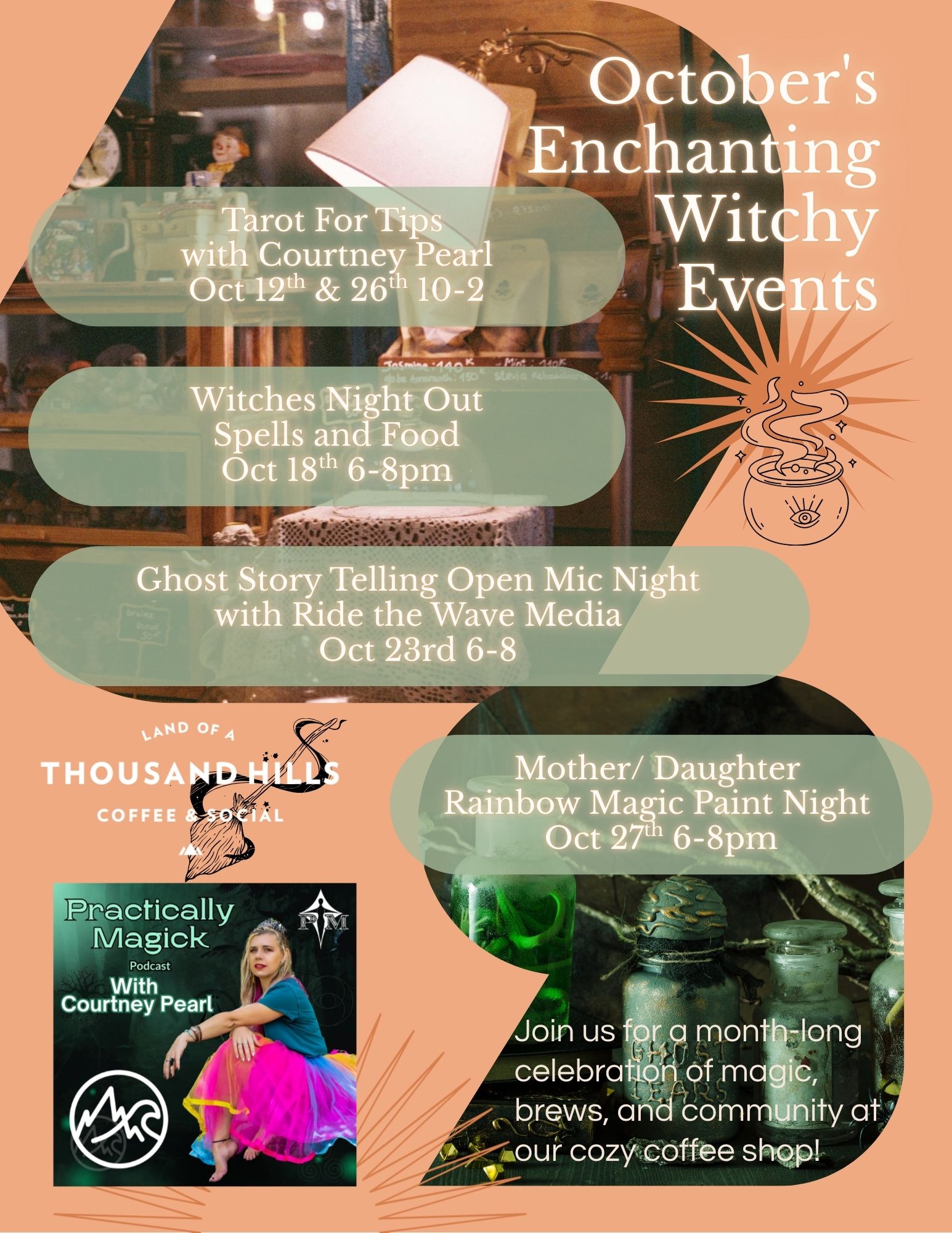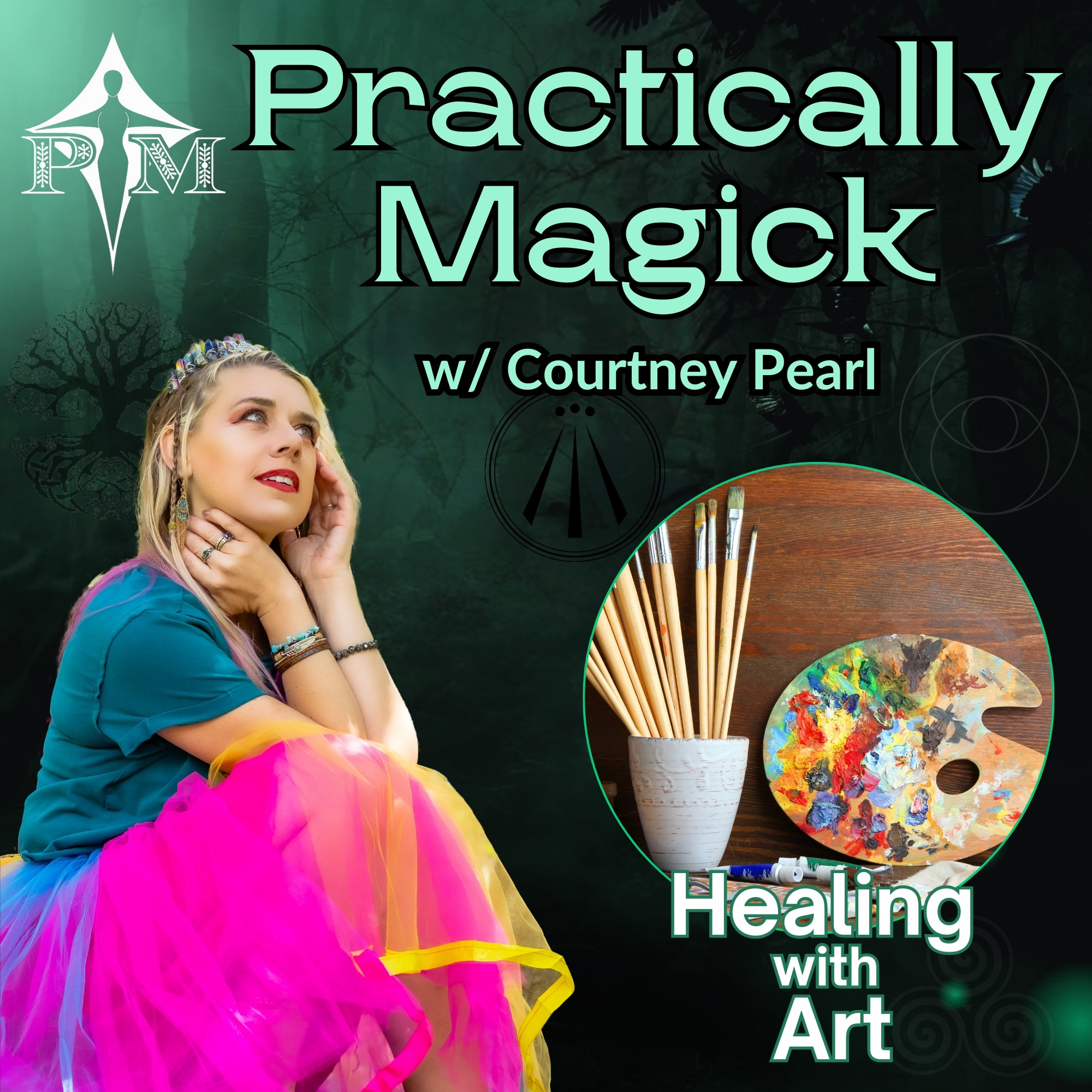Art for All Ages: Tailoring Creative Expression for Different Groups
Welcome to a deeper exploration of the themes we touched upon in our latest podcast episode, "Healing with Art: Harnessing Creativity for Inner Growth." In this episode, we discussed how art can be a powerful tool for emotional healing and personal growth. This blog post expands on that conversation, focusing on the nuances of teaching art to various age groups. We'll explore how to adapt our approach to foster creativity, emotional intelligence, and self-expression in individuals of all ages. Whether you're an educator, therapist, or simply someone interested in the power of art, this post will offer practical tips and insights for working with diverse populations. We'll dive into techniques for overcoming artistic insecurities, integrating emotional healing with artistic practices, and understanding the importance of creative expression at every stage of life. Let's embark on a journey to unlock the artist within, regardless of age or experience.
Introduction: Art for All Ages
Art is not confined to any specific age group or skill level; it's a universal language that speaks to the core of our humanity. It's a means of expression, a tool for exploration, and a path to healing. But, the way we approach art instruction and facilitation must be tailored to the unique needs and developmental stages of different age groups. From the uninhibited creativity of children to the reflective exploration of adults, each stage presents its own opportunities and challenges. This blog post is dedicated to understanding those nuances and providing practical guidance for fostering creative expression in individuals of all ages.
The importance of art education and engagement cannot be overstated. Studies have shown that art fosters critical thinking, problem-solving skills, and emotional intelligence. It provides an outlet for processing emotions, reducing stress, and enhancing overall well-being. But, simply providing art materials is not enough. Effective art instruction requires an understanding of developmental psychology, learning styles, and the specific challenges faced by different age groups. This post will delve into those aspects, providing practical tips and strategies for creating a supportive and engaging art environment for everyone.
The Devil Card and Breaking Negative Patterns
As discussed in the podcast episode, we used the 'Devil' tarot card as a jumping-off point to explore the concept of breaking negative patterns. Often misunderstood, the Devil card represents the chains we forge ourselves through limiting beliefs, self-doubt, and negative self-talk. It's about recognizing the patterns that hold us back and finding the courage to break free. Art provides a powerful means of doing just that. It allows us to externalize these internal struggles, to see them in a tangible form, and to begin the process of transforming them.
For example, someone struggling with perfectionism might find it difficult to start a painting, fearing that it won't be "good enough." By engaging in art exercises that emphasize process over product, such as blind contour drawing or intuitive painting, they can begin to loosen their grip on perfectionism and embrace the freedom of experimentation. Similarly, someone struggling with anxiety might find relief in the repetitive motions of knitting or the grounding sensation of working with clay. Art provides a safe space to explore and process difficult emotions, to challenge limiting beliefs, and to ultimately break free from the chains that bind us.
My Journey: From Teacher to Art Healer
My path from a traditional education teacher to an art instructor and healer was driven by a deep belief in the transformative power of art. As a teacher, I witnessed firsthand the struggles that children face – anxiety, low self-esteem, difficulty expressing emotions. I realized that traditional academic settings often don't provide the space or tools for students to address these challenges. Art, on the other hand, offered a way to connect with students on a deeper level, to tap into their creativity, and to help them heal.
This realization led me to explore various art modalities, from painting and drawing to sculpture and mixed media. I studied the principles of art therapy and energy healing, learning how to integrate these practices into my teaching. I discovered that art wasn't just about creating beautiful objects; it was about fostering self-awareness, building resilience, and promoting emotional well-being. My journey continues to evolve as I learn more about the power of art to heal and transform lives.
Art as a Catalyst for Emotional Healing and Growth
Art serves as a powerful catalyst for emotional healing and personal growth. It provides a non-verbal outlet for expressing emotions that may be difficult to articulate verbally. It allows us to tap into our subconscious, to explore hidden feelings and memories, and to gain new insights into ourselves.
Consider the example of someone grieving the loss of a loved one. They may struggle to find the words to express their grief, but through art, they can create images, colors, and textures that capture the essence of their experience. They can create a visual representation of their grief, a way to honor their loved one, and a path to healing. Similarly, someone struggling with trauma may find it difficult to talk about their experiences, but through art, they can create a safe space to process their trauma, to reclaim their narrative, and to find their voice.
Overcoming Artistic Insecurities Across Age Groups
Artistic insecurities are common across all age groups. Children may fear that their drawings aren't "good enough," while adults may believe they lack the talent or skill to create anything worthwhile. These insecurities can stem from a variety of sources, including societal expectations, negative feedback from others, and self-critical thoughts.
The key to overcoming artistic insecurities is to shift the focus from product to process. Emphasize the joy of experimentation, the freedom of self-expression, and the value of making mistakes. Create a supportive and non-judgmental environment where individuals feel safe to take risks and explore their creativity. Encourage them to focus on the process of creating, rather than the outcome, and to celebrate their unique perspective.
The Importance of Creative Expression at Every Stage of Life
Creative expression is not just for children; it's essential at every stage of life. For children, art fosters imagination, problem-solving skills, and emotional regulation. For adolescents, it provides a means of self-discovery, identity formation, and social connection. For adults, it offers stress relief, cognitive stimulation, and a sense of purpose. And for seniors, it provides a way to maintain cognitive function, reduce social isolation, and enhance overall well-being.
Regardless of age, creative expression enriches our lives, expands our perspectives, and connects us to something larger than ourselves. It's a fundamental human need that should be nurtured and celebrated throughout our lives.
Tailoring Art Instruction to Different Age Groups: Practical Tips
Teaching art effectively requires adapting your approach to the specific needs and developmental stages of different age groups. Here are some practical tips:
- Children (Ages 5-12): Focus on fun and exploration. Use a variety of materials and techniques. Encourage experimentation and self-expression. Emphasize process over product. Provide positive reinforcement and encouragement. Keep instructions simple and clear.
- Adolescents (Ages 13-18): Provide opportunities for self-discovery and identity formation. Encourage experimentation with different styles and techniques. Offer constructive feedback and support. Create a safe space for self-expression. Encourage collaboration and peer learning.
- Adults (Ages 19-64): Offer opportunities for skill development and personal growth. Provide more in-depth instruction and guidance. Encourage experimentation with different mediums and styles. Offer opportunities for critique and feedback. Create a supportive and encouraging environment.
- Seniors (Ages 65+): Adapt activities to accommodate physical limitations. Provide clear and concise instructions. Offer opportunities for social interaction and connection. Focus on the therapeutic benefits of art. Encourage self-expression and creativity.
Healing Through Art Workshops: A Deep Dive
My "Healing Through Art" workshops are designed to provide a safe and supportive space for individuals to explore their emotions, heal from trauma, and connect with their creativity. These workshops integrate art-making with mindfulness practices, guided visualizations, and energy healing techniques.
Participants are guided through a series of art exercises designed to tap into their subconscious, explore their emotions, and express themselves in a non-verbal way. The workshops emphasize process over product, encouraging participants to focus on the experience of creating, rather than the outcome. Participants learn to use color, texture, and imagery to express their feelings, to explore their inner world, and to connect with their inner healer.
These workshops often involve specific themes, as mentioned in the podcast episode, like Full Moon art workshops to explore the current astrological themes, making them even more powerful.
The Power of Mistakes: Embracing Imperfection in Art
Mistakes are an inevitable part of the artistic process. Instead of viewing them as failures, we should embrace them as opportunities for learning and growth. Mistakes can lead to unexpected discoveries, innovative techniques, and unique artistic expressions.
Encourage individuals to experiment, to take risks, and to not be afraid to make mistakes. Teach them to see mistakes as opportunities for creativity, to learn from their errors, and to embrace the imperfections that make their art unique. Remind them that perfection is an illusion and that the true beauty of art lies in its imperfections.
Integrating Emotional Healing with Art: Techniques and Benefits
Integrating emotional healing with art involves using art-making as a tool for processing emotions, resolving trauma, and fostering self-awareness. This can be achieved through various techniques, including:
- Journaling: Combining art with journaling can help individuals explore their emotions and gain new insights into themselves.
- Mindfulness: Practicing mindfulness while creating art can help individuals stay present in the moment and reduce stress.
- Guided Visualizations: Using guided visualizations to inspire art-making can help individuals tap into their subconscious and explore their inner world.
- Energy Healing: Integrating energy healing techniques with art can help individuals release emotional blockages and promote healing.
The benefits of integrating emotional healing with art are numerous, including increased self-awareness, improved emotional regulation, reduced stress and anxiety, enhanced creativity, and a greater sense of well-being.
Upcoming Events and Workshops
I am excited to announce several upcoming events and workshops focused on healing through art. These events will provide opportunities to learn new techniques, connect with like-minded individuals, and explore your own creative potential. Please visit my website for more information and to register for these exciting events!
Final Thoughts: Art, Healing, and Community
As we've explored, art is a powerful tool for emotional healing, personal growth, and community building. By understanding the nuances of teaching art to different age groups and by creating supportive and engaging environments, we can unlock the artist within everyone. Let's continue to embrace the power of art to heal, to connect, and to transform lives. I hope this blog post has provided you with valuable insights and practical tips for fostering creative expression in individuals of all ages.
Remember to listen to the full episode, "Healing with Art: Harnessing Creativity for Inner Growth" for even more inspiration and actionable steps you can take to begin your own artistic and healing journey. Thank you for joining me on this creative adventure!











